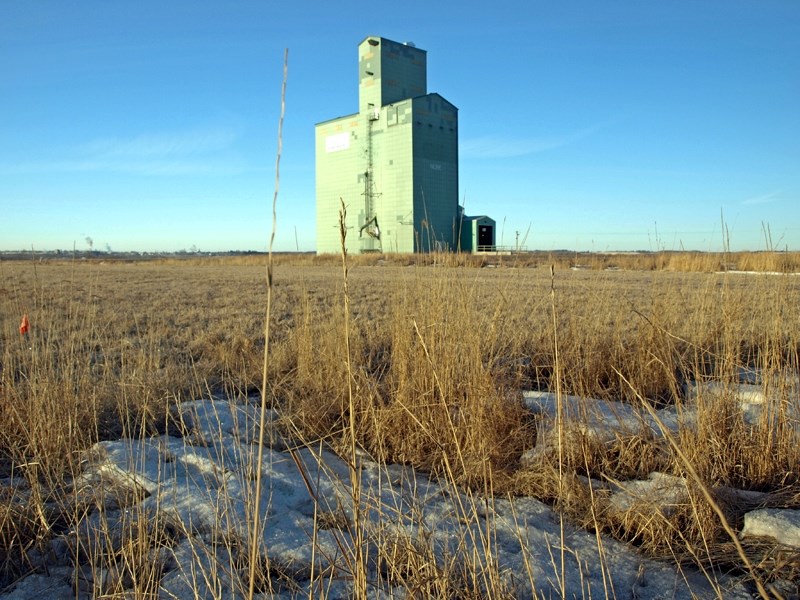Mountain View and Red Deer counties have just experienced their driest 180-day period in more than a half-century.Although that news might shock some in the agriculture industry, a soil expert with Alberta Agriculture and Rural Development says he's not ready yet to ring any alarm bells.ìFarmers I talk to keep telling me it's too early to worry,î said Ralph Wright, soil moisture specialist for Alberta Agriculture and Rural Development, who added the region is now considered ìexceptionally dry.îìThe old adage is great, ëNo one has ever lost the crop in the winter,' with of course the caveat for fall-seeded crops. But if you haven't planted the crop you can't lose it yet.îLast week in the Gazette, Grant Lastiwka, a forage and grazing specialist with the ministry, said livestock producers should plan for delayed growth on hay and pasture lands this spring and be prepared to keep their herds on winter feed supplies a week longer than usual ñ possibly longer ñ depending on when the region gets more moisture.Lastiwka noted soil moisture and snowpacks are well below normal across large pockets of central, eastern and northern Alberta. However, like Wright, he added the risk posed by dry soils could quickly lessen or turn around completely with some early rain or wet snow once the ground starts to thaw in late March or April.But in the meantime it is now bone dry in the region. Wright said a thorough review of 180-day periods from Aug. 10 to Feb. 5 showed the most recent six-month time frame was the driest in the region since 1961.Adding to the worrisome conditions, said Wright, the counties have also seen unusually warm weather from Nov. 8 to Feb. 5.ìHow often do we get winters this warm? In a 50-year period we expect to see a winter like this twice,î said Wright. ìThere are two stories here: below normal precipitation to above average temperatures, and those conspire to get rid of the snowpacks.îIt is not uncommon, however, for precipitation conditions to turn around quickly, Wright said. And February is typically the driest month of the year in this part of the province.From Nov. 1 to Feb. 14 the region on average receives between 60 and 65 millimetres of precipitation, said Wright. He added the amount the region has received in the most recent time period ranges between 17 and 35 mm, down at least half the normal range.ìThink about what half is. It's one good soaking rain in the spring. Not even a big soaking rain. There's still lots of winter to go,î said Wright. ìWinter typically accounts for only about 25 per cent of the average annual precipitation.ìYou typically get anywhere from 90 mm over that six-month period, from Nov. 1 to March 31. A dry winter is half of that, 45 mm. In perspective one wet week can pretty well restore all the moisture to the crop land that we lost over the winter.îWright said the region often experiences a period of low precipitation that is quickly followed by recovery. He noted that on April 18, 2010, a monitoring of Mountain View County showed the entire region's soil moisture reserves had at least one-in-25-year lows. By July 19 soil moisture reserves had rebounded to one-in-25-year highs along the eastern edge, to above normal levels along the western edge.He also pointed out that in 2011, from January to mid-August, precipitation levels were normal until the rains stopped and the region experienced dry conditions for the rest of the summer.ìWe have another good example of another big switch. A lot of people said we had a pretty wet summer. Did that mean we were going to have a wet winter?î said Wright. ìThere is still plenty of winter ahead of us, and we will be emerging out of the dry season. Once the frost gets out of the ground and the pastures break dormancy and guys are starting to seed, that's when it (precipitation) is most important.ìThe plus in all of this is that it has been warm,î he said. ìThe animals have probably been pretty happy over the winter.îFor more information on current and past regional weather patterns, along with live station data, and precipitation trends, see the department's website at www.agric.gov.ab.ca/acis



